Looking back: Scotland’s political protests
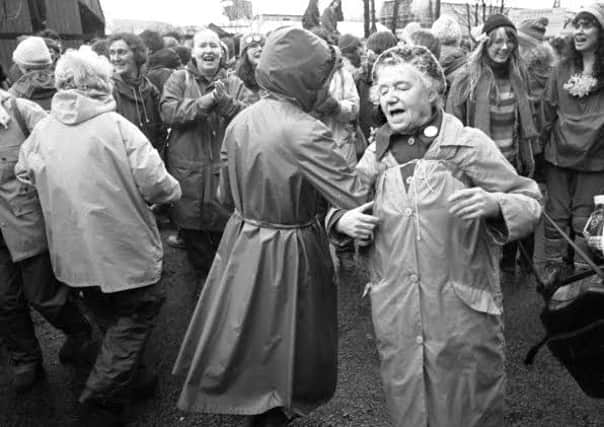

Rent strike
When?
April - November 1915
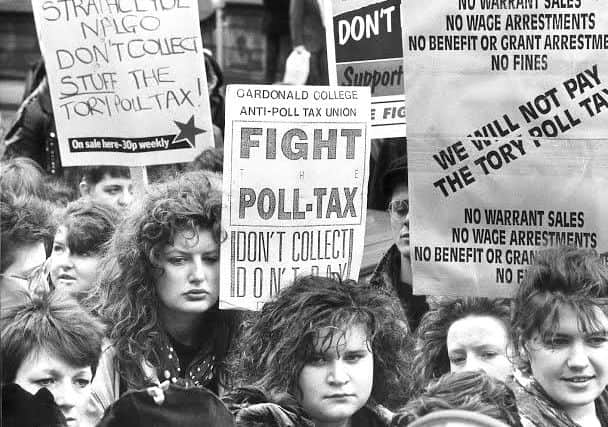

What?
Scottish women had become angered by rent prices that had been raised during the war while many of their husbands were away.
The rise in rent prices exploited the fact there was an influx of people looking for work in the industrial areas of Glasgow. For months, organised committees of women ambushed sheriff officers, used flour bombs or other missiles if there was attempts to evict them for non-payment.
Advertisement
Hide AdLed by Mary Barbour, as many as 20,000 tenants striked with activity spreading to other parts of the country.
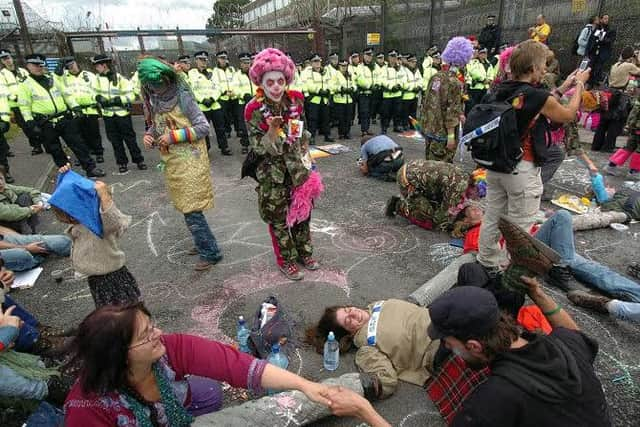

After the decision to prosecute 18 tenants for non-payment of a rent increase, the crisis was brought to a head in Glasgow’s small debt court on 17th November 1915.
End result
Alarmed at the size of the demonstrations, Sheriff Court staff phoned Lloyd George who told them to release the tenants and promised he would take action.
Less than a month later, “the government, facing also the recurrent threat of industrial protests, introduced emergency legislation to cap rents in effect at pre-war levels,” Mr Phillips said.
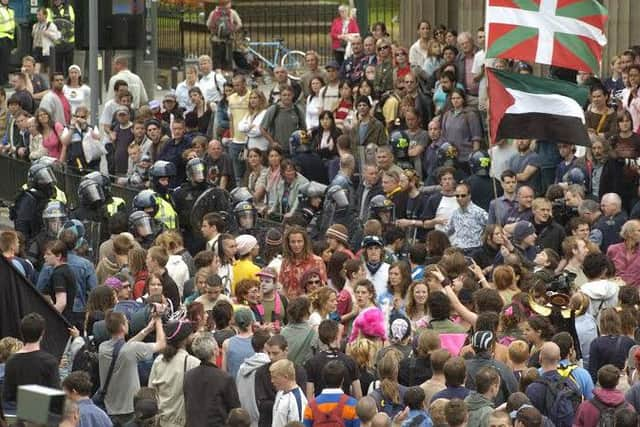

Battle of George Square
When?
January 31, 1919
What?
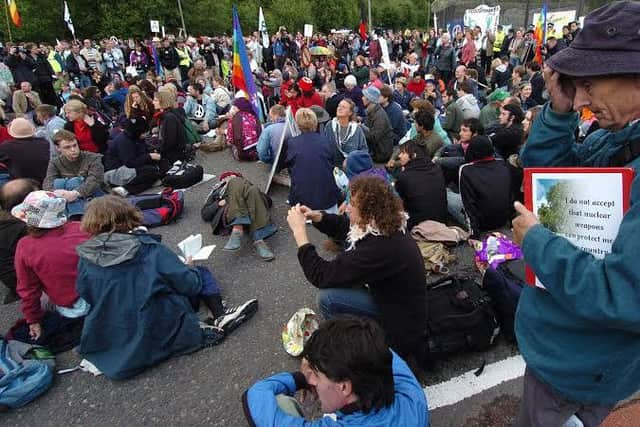

Over 60,000 protesters, many from the working-class Red Clydeside movement, clashed with police.
Glasgow had suffered greatly after the end of the First World War. I
Advertisement
Hide Adndustries like shipbuilding and engineering had been impacted by the end of the war time employment, as well as competition from those leaving the war and entering the labour market.
In response, the Clyde Workers Committee called for a ‘40-hours strike’ to improve conditions and remedy some of the rising number of the unemployed.
Advertisement
Hide AdProtesters flooded George Square to hear speeches from their leaders but the protest soon turned into a riot with 10,000 troops, tanks and machine guns sent by the government.
End result
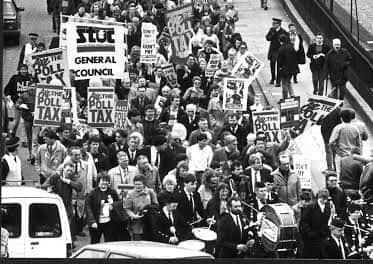

“The government postponed major planned cuts to health, welfare and housing spending”, Phillips explains.
“The strikers could claim, with some justification, to have won significant concessions which ensured that full employment was maintained until 1920”.
Faslane Peace Camp
When?
June 1982
What?
The peace camp was established when veteran anti-nuclear protesters Bobby and Margaret Harrison pitched their tent by the side of the A814.
It has been around for over 30 years, housing thousands of residents for months and even years at a time. It’s residents have advocated the removal of nuclear missiles from submarines based at the Faslane naval base on the Clyde.
The camp began life as a protest against the Thatcher government’s decision to purchase the Trident nuclear missile system. Scotland has had a longstanding anti-nuclear weapon movement with protests taking place across the country including a mass blockade at Faslane where 47 protesters were arrested.
Advertisement
Hide Ad“The camp was founded in an era of the Cold War, and while that threat has receded, the moral argument, the principle, remains,” resident Angus Chalmers, from Edinburgh told the Scotsman.
End result
Anti-Trident demonstrations continue to take place around the country, with the largest one Glasgow has seen in decades taking place earlier this year. The SNP has said that it will oppose plans for a new generation of nuclear weapons and work with the House of Commons against Trident’s renewal. For now, Trident still remains in Scotland.
Poll tax
When?
1989
What?
Advertisement
Hide AdThe poll tax was intended to replace the domestic rates with a new per-capita system that would result in an end to local government overspending. But it was seen in Scotland as an attack on a country already hostile to Margaret Thatcher’s Conservative government, and by the end of 1990, over a million Scots had refused to stump up. A ‘Can’t Pay Won’t Pay’ campaign of civil disobedience developed within working class communities across Scotland.
End result
According to Mr Phillips, the repercussions of the anti-poll tax struggle can still be seen today. He explains: “The combination of community and party political campaigning – in England and Wales as well as Scotland - contributed to Margaret Thatcher’s resignation as Prime Minister in November 1990. In the longer run the anti-poll tax struggle in Scotland substantially weakened electoral support for the Conservative Party and public confidence in the unreformed constitutional structures of the UK.
Echoes can be read in the results of the September 2014 Independence Referendum are highly significant, when the strongest Yes votes were in the main urban centres of the anti-poll tax campaign, Glasgow and Dundee”.